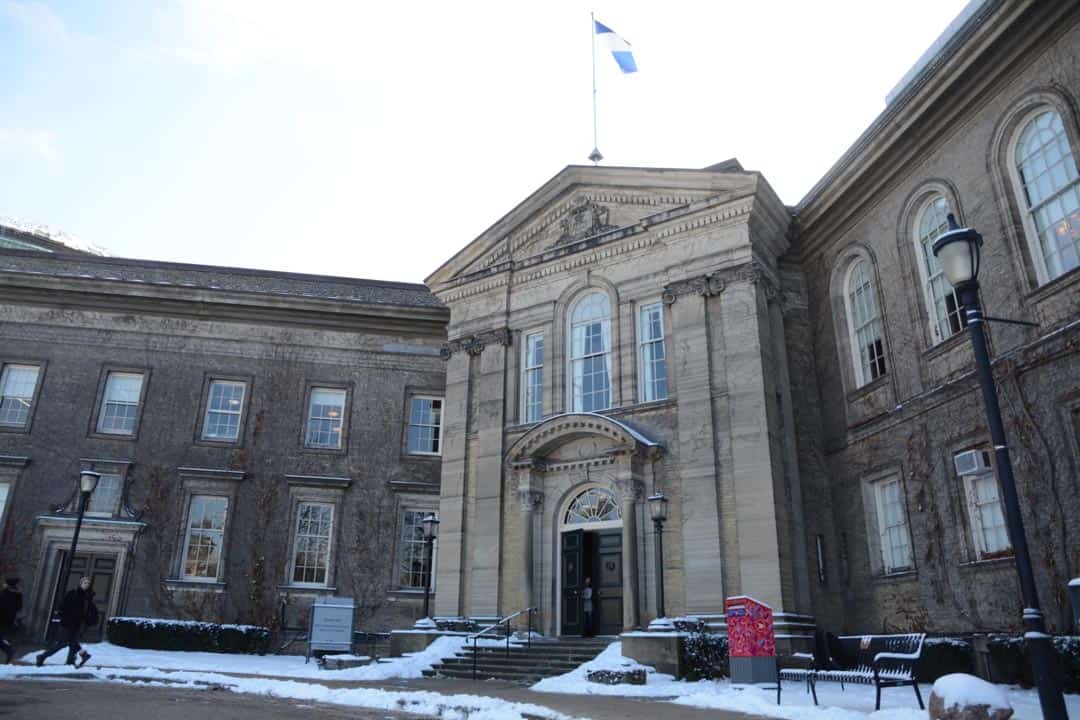The university is on track for its long-term enrolment targets, with undergraduate enrolment to remain constant at UTM and UTSC and decrease at UTSG for the next year, according to its annual report. It also revealed the extent of the university’s international student population, with a high number of international students from China.
The 2017–2018 goal for the undergraduate enrolment was 61,736 students; the university went over by one student. The university also went slightly over its graduate target of 17,362 full-time students, with 17,525 enroled.
Student enrolment represents the largest portion of the university’s operating revenue. According to the enrolment report, 87 per cent of the $2.7 billion budgeted in revenue is directly tied to students through both provincial grants per student and student fees.
U of T’s Vice-President and Provost, Cheryl Regehr, said that the university “is in a very strong financial position.”
As of February 12, Moody’s, one of the largest credit rating agencies in the world, gave U of T a rating of Aa2, which is the third-highest credit rating an institution can receive, out of 21 ratings.
Future enrolment estimates
By 2022–2023, undergraduate enrolment at UTM is expected to increase by 5.5 per cent or 600 Full Time Equivalents (FTE). FTE is a measure of course load activity of students, and refers to the equivalent of a student taking a full, five-course load.
The same increase of 5.5 per cent by 2022–2023 is also expected at UTSC. Meanwhile, UTSG is expected to reduce enrolment by 4.5 per cent (1,730 FTE) during this period.
For the next two years, however, domestic undergraduate enrolment at UTM and UTSC will be held constant, while UTSG will reduce enrolment by 1,800 FTE. These goals were agreed upon by the University of Toronto and the province as a “response to Ontario’s changing demographics,” according to the enrolment report.
Regehr said that “the decrease of 1,800 students here at St. George… sounds like a lot of people, but it’s really relatively small for the size of our university.”
She also said that the university “does not see this [projected change to enrolment] changing the criteria for admissions in any significant way.”
International student enrolment
The enrolment report outlines that 21.3 per cent of the university’s student body is made up of international students. Specifically, international students make up 22.5 per cent of the undergraduate population and 16.8 per cent of the graduate population.
“China is a very key international market in terms of both the population of China and also the value of student mobility,” said Regehr. “That’s not just the case for the University of Toronto but for universities across North America.”
“We have a great record of success among students [from] China and, as a result, we have a strong alumni base in China that continues to promote the excellence that is at the University of Toronto… This is reflected in the high numbers of applications from Chinese students.”
Regehr also said that the university was “working in other countries to also encourage students from other countries to come to Canada.”
Securing funding for increasing graduate enrolment
The enrolment report also outlines the university’s ambition to secure more funding for graduate-level studies.
“As the premier research university in the country, [U of T is] really focusing on expanding both in the graduate research areas and in the professional master’s programs,” said Regehr. “This strengthens our research mission and our education mission.”
U of T has a smaller percentage of graduate students than many similar institutions in other parts of the world, especially the United States, according to Regehr.
She said that provincial funding has mainly focused on access for undergraduate students, “which is fantastic.” However, the university wants to readjust the balance of funding between the two groups.
Regehr also noted that the demand for professional master’s programs has expanded in the last few years and, as a result, the university will need additional funding to respond to that demand.


